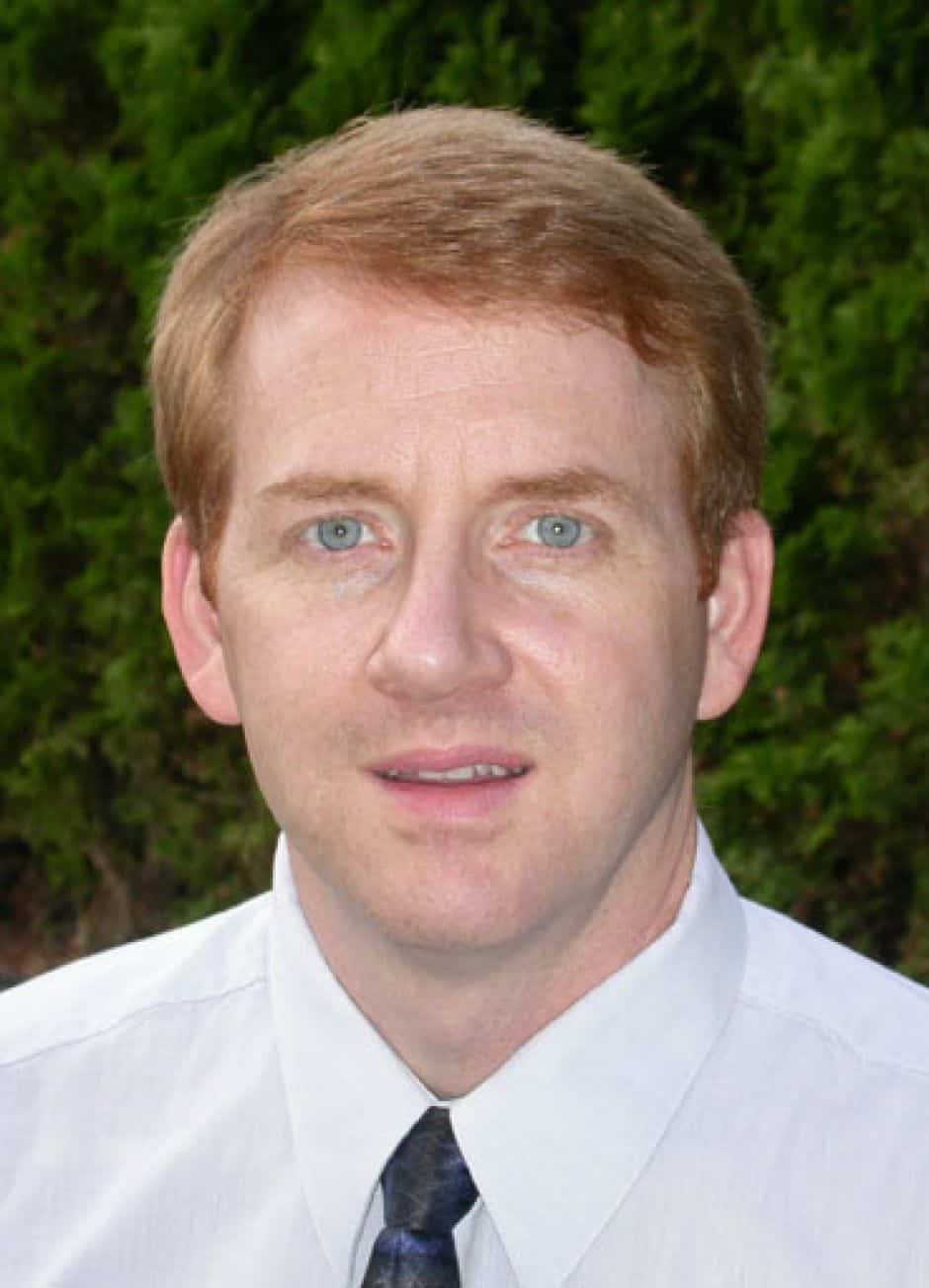Introduction

(LinkedIn)
Editor’s note: Dec. 9, 2014: A previous version of this story incorrectly identified Sciencecorps as a consulting firm.
A scientist with deep ties to the chemical industry is one of two finalists to lead the office at the U.S. Environmental Protection Agency that determines which chemicals can make people sick, and in what doses.
Michael Dourson is being considered to direct the Integrated Risk Information System (IRIS), whose scientific reports are used by the EPA and states to draft regulations to rid air, water or soil of toxic chemicals.
Dourson runs his own nonprofit consulting group, Toxicology Excellence for Risk Assessment, or TERA, which does substantial work for chemical and drug companies. TERA maintains a database of chemicals as an alternative to IRIS. It includes data typically showing the chemicals at low doses are safer than the EPA says.
The other finalist is Vincent Cogliano, the acting director of IRIS and previously the manager of chemical assessments at the International Agency for Research on Cancer, part of the World Health Organization.
The chemical industry has long accused the EPA of exaggerating the harm done by chemicals in its scientific assessments. Because of intense pressure from the industry over the past 20 years, the IRIS program has averaged only five assessments a year, even though the EPA once said it needed to complete 50 a year to do its job properly.
In 2008, the Government Accountability Office reported that the IRIS database of toxic chemicals was updated so infrequently that it was in danger of becoming obsolete.
The Obama administration has failed to increase the number of IRIS assessments, largely because of pressure from Congress and lobbying by the chemical industry. Assessments that have been delayed for more than a decade include those for cancer-causing chemicals such as arsenic, formaldehyde and hexavalent chromium.
Dourson left the EPA in 1994 to start TERA, based in Ohio. The group’s website notes that 63 percent of TERA’s revenue in 2013 came from government agencies and nonprofits, such as the Consumer Product Safety Commission. The rest came from for-profit companies.
Among his clients in recent years have been two major trade associations, the American Chemistry Council and the American Petroleum Institute.
In an interview with the Center for Public Integrity, Dourson declined to discuss the EPA job. However, he said TERA is not slanted toward industry.
“Our motto was we were going to be neutral,” Dourson said. “And we were going to seek work equally from government and industry and importantly, we were going to build collaborations.”
Dourson has been harshly critical of the IRIS program. In written testimony before a House subcommittee in 2009, he said, “The single, most intense, frustration on the IRIS process, made by many erudite scientists, both inside and outside EPA, is that EPA’s IRIS staff will not listen to, or is not capable of understanding, their scientific comments.”
Dourson has advocated having IRIS scientists collaborate with other scientists both inside and outside the EPA to do their chemical assessments.
A group of environmental and public-health scientists called Sciencecorps, led by Kathleen Burns, wrote EPA leaders after finding out that Dourson was a finalist.
“We hope that the Agency will keep its mission ‘to protect human health and the environment’ clearly in focus in this and coming years when choices are made regarding the leadership of essential programs such as IRIS,” the scientists wrote. “We need objective high quality science to protect our air, water, soil, food and the health of our people.”
Rosalind Adams of the Center for Public Integrity and Lisa Song of InsideClimate News contributed to this story.
Read more in Environment
Environment
Chemical Safety Board cuts investigations amid alleged mismanagement
Allegations of severe mismanagement continue to haunt the Chemical Safety Board, tasked with investigating industrial chemical accidents
Environment
Environment stories you may have missed
The Center for Public Integrity’s best environment stories from 2014

Join the conversation
Show Comments